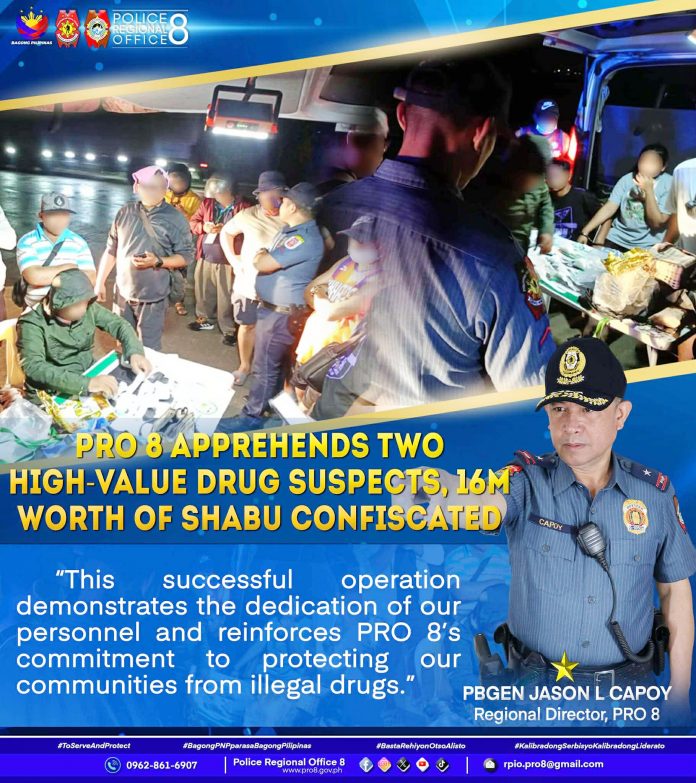
TACLOBAN CITY — The National Authority for Child Care (NACC) and several local government units (LGUs) in Southern Leyte, Ormoc City, Samar, and Northern Samar signed a memorandum of agreement (MOA) to implement the Philippine Foster Care Program and Domestic Administrative Adoption.
The MOA signing, held in Ormoc City, was led by NACC Undersecretary Janella Ejercito-Estrada, along with local chief executives and the Department of Social Welfare and Development (DSWD) Regional Office VIII.
The agreement formalizes a partnership to better serve children in need of special protection by establishing local foster care networks, providing support services, and strengthening LGU capacity to care for children.
“We at NACC are happy because this partnership protects the rights of children, especially those abandoned, neglected, orphaned, surrendered, abused, or exploited,” USec Ejercito-Estrada said. She added that the program ensures children have hope and a home through foster care and adoption.
The agency also emphasized that the program helps curb illegal adoption and online baby selling. “Adoption is a legal process with requirements and penalties for those who violate it,” Ejercito-Estrada said. Under NACC, adoption approvals now take six to nine months, compared to the previous two to ten years under the judiciary.
In the region, 56 children are now eligible for adoption, while 29 have already been placed with their new families. During the MOA signing, two children from Northern Samar and Southern Leyte were announced to have completed their adoption process and are now living with their adoptive parents.
(ROEL T. AMAZONA)





